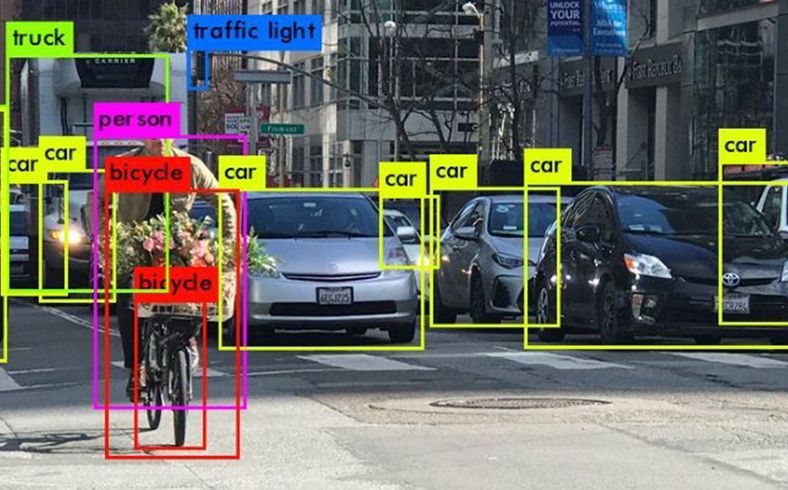In machine learning and statistics, data leakage is an intentional use of data in the statistical model training process that would not otherwise be expected to become available at numerical prediction time, thus causing the predicted outputs to underestimate the true utility of the statistical model in a manufacturing setting. Leakage of data may occur during training or after a data collection process. This causes two main problems:
Learning is an empirical process. Therefore, the statistical methods that are being used may not have been specifically designed for your data type. The training data must be collected in the context in which it will be used in order to generate a correct output. Without this context, data leakage in machine learning and statistics occurs. Also, the statistical models used may have been written for a particular data type, but are not appropriate for a different data type. As a result, your statistical models may be over-fitted, resulting in high predictive accuracy but a poor fitting due to data leakage from the data.
Data leaks in machine learning and statistics occur frequently, even with the best of machines. A data leak can occur when a data type is not represented properly during training. Data types can include: numeric, textual, or character data. Textual data is commonly input into machine learning programs during processing steps such as classification and regression. Character data is usually output during training because text classification typically splits words into separate words.
There are multiple reasons for data types to leak in machine learning and statistics. One example of a common data leakage in machine learning is over-fitting to a data set. When a machine is trained on one particular type of data, the data is not general enough to make an accurate statistical prediction. As a result, the accuracy of the final prediction is often very poor. This is because the model is only trying to approximate the data and does not take into account the true distribution of the data.
Another data leakage in machine learning and statistics occurs when the wrong data types are used for training. For instance, in a decision tree scenario, where training data is coded so that classification and regression can be done separately, the wrong data types can cause serious over-fitting problems. This means that the classifier will be incorrect at the exact points in the training data distribution, leading to invalidations of your final predictions. In cases such as these, data leakage in machine learning and statistics occurs.
The third example of data leakage in machine learning and statistics occurs when the data is not presented in a way that is meaningful to the reader. Most data is meant to be suggestive, and readers don’t like being sold on a concept before they’ve heard it explained. To prevent data leakage through mis-sold concepts, information should be presented in a way that it can be understood without too much difficulty.
Other ways to avoid data leakage in machine learning and statistics is to use correct units of measurement. Units like troy pounds or kilograms do not accurately represent all of the different types of measurements. Also, incorrect data representation can lead to inaccurate results. For instance, if a person weighs one hundred pounds, the metric unit for this weight would be one ton.
A final example of data leakage in machine learning and statistics occurs when the data type is chosen arbitrarily. When a data type is chosen arbitrarily, it is likely to result in invalidation across the data set. This occurs because the data is only based on the choices made at the time the data was calculated. In other words, sometimes people choose their units of measurement based on what feels right to them at the time. In addition to this, the data may have been calculated using an outdated data type which in turn may lead to invalidation of the predictions.

